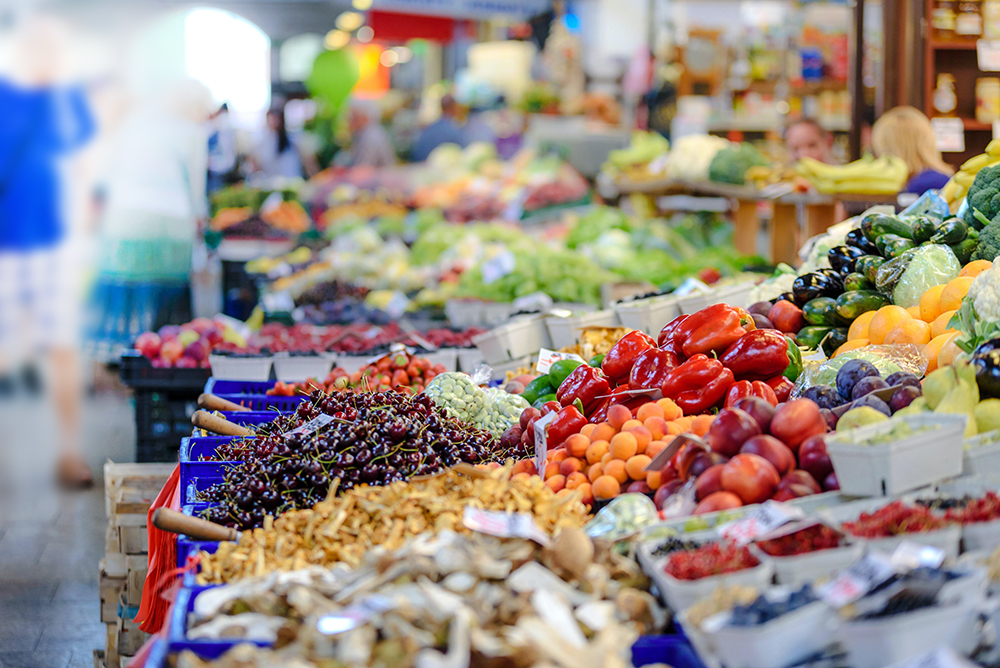According to the World Health Organization, “One in ten people worldwide fall ill from contaminated food each year across all countries.” Investment in safe food today will reap rewards in the future.
As we recognize and celebrate 2022 World Food Safety Day’s theme of “Safer Food, Better Health,” it is appropriate to reflect on recent events over the year. Events such as the continuing pandemic, as well as ongoing and recent conflicts in countries, economic sanctions, and more are resulting in a lack of supply of key ingredients required for many staple diets and manufacturing processes.
These events directly impact economies and food security across the globe and, in turn, are challenging food safety systems not mature enough to deal with these challenges. Technology can help companies manage this.
Conditions Created Have Increased Opportunity for Food Fraud Vulnerability
While exact numbers are not known, what is known is that food fraud contributes more than $30 billion in economic losses annually across the globe.
The prevention of food fraud is paramount to protecting the trust of consumers and ensuring sustainable business practices. Consumers trust that the food and beverages they consume are safe.
The pandemic has allowed for the introduction of low or substandard ingredients and products across the supply chain, so it is vital that manufacturers have the proper governance requirements and systems in place to ensure safe food.
Covid-19 has made it increasingly difficult for the Food & Beverage industry to allocate effective resources to “traditional” activities across their supply chain to ensure confident risk mitigation. There are key trends contributing to an increase in food fraud risks:
- Disrupted supply chain management
- Lack of visibility in downstream supply (e.g., having to opt for virtual audits or alternate means)
- Increasing costs of raw materials putting pressure on suppliers for margins
- Reduced testing/capability at operational level to test for adulteration
- Having to change supply source due to availability
For organizations to be better prepared, they should have digital transparency across their supply chain and effective mechanisms (e.g., vulnerability assessment, risk assessment and mitigation, and supplier management) that manage all aspects of an effective food safety management system, from supplier sourcing to distribution practices that meet company and local regulatory requirements. This must be underpinned by a functional organizational food safety culture to ensure success at an operational level.
How Technology Can Enhance and Enforce Food Safety Practices
In a connected, global world, anything that can be done that moves organizations out of siloed, disparate systems for food safety cobbled together from spreadsheets and other generic tools into streamlined and cross-functionally connected solutions will provide an immediate performance gain and improve food safety outcomes. Whether for education and training, daily execution of food safety protocols, data management, or complete solutions that enable a broad shift to a food safety culture, organizations are increasingly modernizing with new technologies.
Technology can help with education and training, making learning materials available virtually and remotely, accessible by mobile devices, or even in advanced cases with augmented reality. Technology can also help maintain training, reminding people when they’re up for a refresher. The same technology can also warn people or prevent them from doing critical tasks when they are not qualified or behind on training.
Secondly, technology can help make things easier in the daily execution of food safety tasks based on risk management platforms that are visible to those that need them across the organization. Providing clear and structured workflows to ensure tasks are executed and in the right order, and even keeping a record that can be trusted and accessed from anywhere at any time to privileged users.
Technology can also help make the right data available where and when needed so that the right food safety decisions can be made easily and confidently.
These are all single-use cases that are extraordinarily helpful on their own, but we still have to think on a higher level of order. Integrating a platform of these technologies innovatively into a wider system that can be more proactive is where the future of food safety is headed. For example, an intelligent and broad-reaching platform that can help food safety professionals stay “on the right path” when doing their work. Much like a GPS navigation system, technology can monitor and, when necessary, guide operators back to a situation that ensures the safety of the food produced. My hope is that this can be achieved not just on a single operator level but across entire organizations as well. A food safety culture augmented by technology. This type of vision can be created through a partnership with a forward-thinking organization such as Veeva and our QualityOne QMS.
Interested in learning more about what Veeva QualityOne has to offer for supporting food safety and food safety culture? Learn more and Contact Us today.
SHARE





